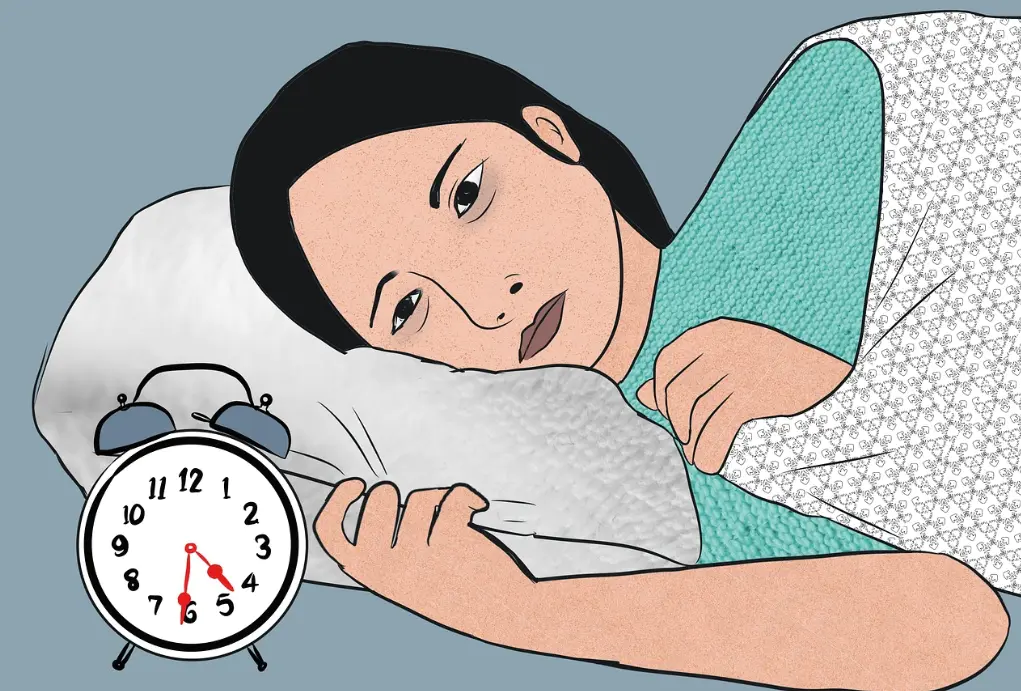The common cold is one of the most widespread illnesses globally, affecting millions of people each year. Although it’s generally mild and self-limiting, it can still disrupt daily life and lead to more serious complications, especially for vulnerable individuals. Understanding what causes a cold and how to prevent it is key to maintaining good health, particularly during the colder months. Let’s take a closer look at what the common cold is and how you can reduce your risk of catching it.
1. What Is the Common Cold?
A cold is a viral infection of the upper respiratory tract, primarily caused by rhinoviruses, although several other viruses, including coronaviruses and respiratory syncytial virus (RSV), can also be responsible. Symptoms typically appear within 1–3 days of exposure and can last anywhere from a few days to two weeks. The hallmark signs of a cold include:
- Runny or stuffy nose
- Sore throat
- Cough
- Sneezing
- Mild fatigue
- Low-grade fever (sometimes)
Though uncomfortable, a cold is usually not serious and most people recover with rest and symptom management. However, complications like bacterial infections or exacerbations of underlying conditions such as asthma can occur in some cases.
2. How Does the Common Cold Spread?
The cold virus spreads primarily through:
- Direct contact: Shaking hands or touching surfaces contaminated with the virus.
- Airborne droplets: When an infected person sneezes, coughs, or talks, tiny droplets containing the virus can be inhaled by people nearby.
- Contact with contaminated objects: Viruses can live on surfaces (like doorknobs, phones, or keyboards) for several hours, making it easy to catch a cold after touching such surfaces.
Cold viruses are most contagious in the first few days of illness, even before symptoms appear, which makes it challenging to avoid exposure.
3. Effective Ways to Prevent the Common Cold
While there’s no surefire way to avoid catching a cold, there are several strategies to reduce your risk:
a. Wash Your Hands Regularly
Proper hand hygiene is one of the most effective ways to prevent the spread of viruses. Wash your hands with soap and water for at least 20 seconds, especially after being in public spaces, touching your face, or before eating. If soap and water aren’t available, use a hand sanitizer with at least 60% alcohol.
b. Avoid Close Contact with Sick People
If you’re around someone who’s sick, try to maintain a safe distance and avoid sharing utensils, cups, or towels. If you're feeling unwell yourself, stay home to avoid infecting others and to give your body time to rest and recover.
c. Boost Your Immune System
A strong immune system can help your body fight off viral infections more effectively. Here’s how you can support your immune health:
- Eat a balanced diet rich in fruits, vegetables, whole grains, and lean proteins to provide essential vitamins and minerals.
- Exercise regularly: Moderate physical activity strengthens the immune system.
- Get enough sleep: Aim for 7–9 hours of sleep per night to ensure your body has time to rest and recover.
- Stay hydrated: Drink plenty of water throughout the day to keep your mucous membranes moist and functioning well.
d. Disinfect Surfaces
Cold viruses can live on surfaces for hours, so cleaning and disinfecting frequently-touched items like doorknobs, light switches, and remote controls can reduce your risk of exposure.
e. Use a Face Mask
In crowded or high-risk environments, wearing a mask can help prevent the transmission of cold viruses, especially if you’re in close proximity to individuals who are sick.
4. Managing Cold Symptoms
If you do catch a cold, there are several ways to ease symptoms:
- Stay hydrated: Drink plenty of fluids like water, herbal teas, or broths to stay hydrated and soothe a sore throat.
- Use over-the-counter (OTC) remedies: Decongestants, pain relievers (such as acetaminophen or ibuprofen), and antihistamines can alleviate symptoms.
- Rest: Get plenty of rest to help your immune system fight the virus.
- Use saline nasal spray or steam inhalation to relieve nasal congestion.
Remember, antibiotics are not effective against viral infections like the common cold. If your symptoms worsen or last longer than 10 days, or if you experience severe symptoms like difficulty breathing or chest pain, consult a healthcare professional.
5. When to Seek Medical Help
In most cases, a cold will resolve on its own. However, if you experience any of the following, it’s important to seek medical attention:
- High fever (over 101°F or 38.3°C) that doesn’t improve with treatment.
- Severe sore throat or difficulty swallowing.
- Shortness of breath or wheezing.
- Persistent pain in your chest.
- Worsening symptoms or symptoms that don't improve after 10 days.
These could indicate more serious conditions such as strep throat, the flu, or a bacterial infection.
Conclusion
The common cold may be a part of life, but you don’t have to let it disrupt your routine. By adopting good hygiene practices, supporting your immune system, and taking preventive measures, you can significantly reduce your chances of catching a cold. And if you do find yourself under the weather, managing symptoms and allowing your body to rest will help you recover quickly. Stay healthy and take care of yourself!
Recent
See All2025-02-22
7 Essential Tips for Maintaining Healthy Joints
2025-02-22
Effective Weight Management: Simple Strategies for Long-Term Success
2025-02-22
Mastering Emotional Management: Practical Strategies for Emotional Regulation
2025-02-22
Simple and Effective Tips for Overcoming Insomnia
2025-02-22
Strength Training for Beginners: A Simple Guide to Building Muscle Safely
Newsletter
Get life tips delivered directly to your inbox!






